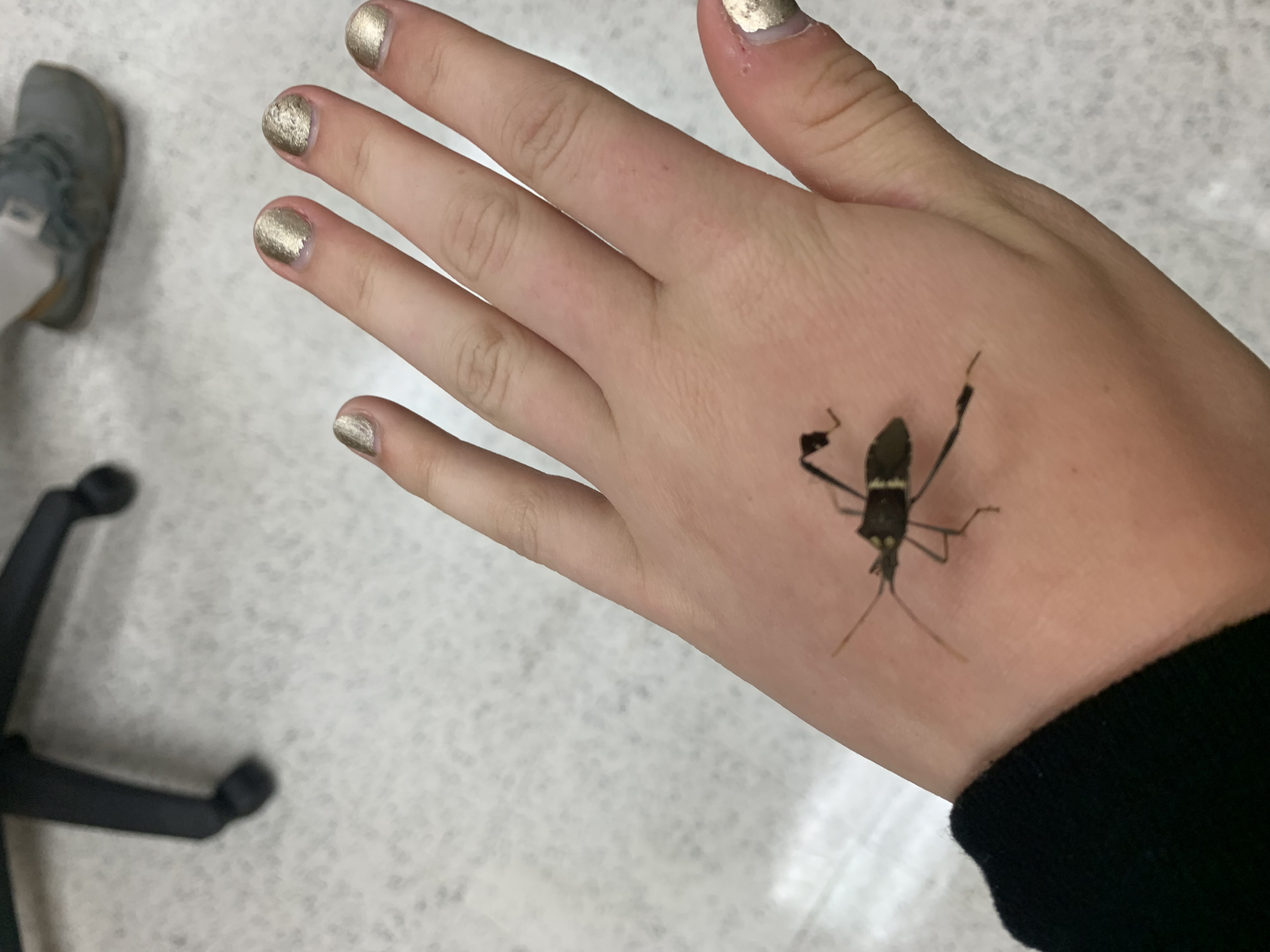
In 2021, I participated in an NSF REU through both the California Department of Food and Agriculture and the University of Florida studying the evolution of sexual weapons in leaf-footed insects in Sacramento, California. As part of a five-year study, I examined the outcome of removing a hind limb from live male Centrocorus variegatus, a leaf-footed insect which uses its back legs to compete with other males for mates.
After removing a hind limb during early stages of development and allowing the insects to reach maturity, I removed each individual’s testes through microscopic dissection. In doing so, I could determine whether the removal of an important sexual appendage resulted in compensation for sexual disadvantage through the increased growth of sexual organs (in this case, testes).
Over the course of the whole five-year study, many species, including mine, were found to have increased testes size in individuals that had their sexual weapons removed. These results provide insights for sexual evolution and show that many insect species are able to adapt to adversity related to sexual selection and competition.
For one of our initial field capture outings, we travelled to Long Beach, California, where we found a hemipteran, Hyalymenus subinermis, that had never been described. I co-first authored a taxonomic paper on this insect, describing its nymphal stages.
I also created and used an ethogram to study the behavior of another leaf-footed insect, Leptoglossus zonatus.







